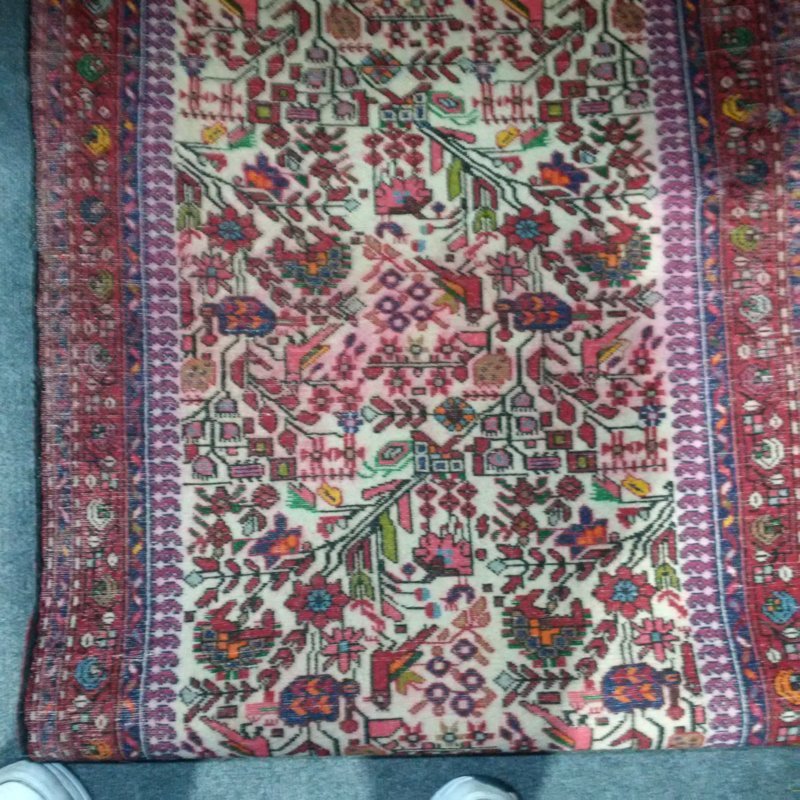Mr. Mann,
Centrum Force wants to distance themselves from "voo-doo science" and we are transparent about all our products. It is better to discuss how it works so expectations do not exceed reality.
Let me personally go on record about a product
Centrum Force promotes for their Wash Tub users, namely
Secret Sauce. It is an additive to be introduced into the contained water vessel of the Wash Tub. It is not meant to be splashed on rugs on the floor and rinsed down the drain.
Secret Sauce was initially intended to be used in our Wash Tub application for dye management when rugs release dyes during the washing process. We did not sell to the public for years, but rather we confined sales only to Wash Tub clients only. The many Wash Tub users have appreciated that unique circumstance for nearly 10 years now. We never said, nor believe, that it locks dyes on the textile.
Using it in a 1200 gallon paddle wheel wash tub necessitates that it must be used as directed to realize its full objective. The objective is managing and preventing the staining of direct dyes or reactive dyes or re-deposit loose dyes during the wash. This additive especially has value when multiple textile pieces are being washed together as often is the case with
Centrum Force Wash Tub users. Think of it as a binder or suspending agent to capture loose dyes.
The key to
Secret Sauce is this fact: It has elements of a water-soluble polymer.
Note: It is nonionic and has a ph of 7 undiluted. It has been tested by WoolSafe. It has received the WoolSafe seal of approval.
Of further note: Conventional cleaning agents, detergents and wetting agents do not affect its desired performance. That is why we use our proprietary product known as
Knock-Out as our preferred cleaning agent with it.
Knock-Out is a plant based Colloidal Micelle cleaning product formulated to wash rugs specifically as we suggest. (Incidentally, it makes a wonderful, non scented laundry cleaner for use on clothes in your washing machine at home. It only requires about ½ oz of concentrate for each wash load provided you are using the newer type of water efficient washing machine)
Secret Sauce and
Knock-out, as well as
U-Turn are all WoolSafe Approved.


